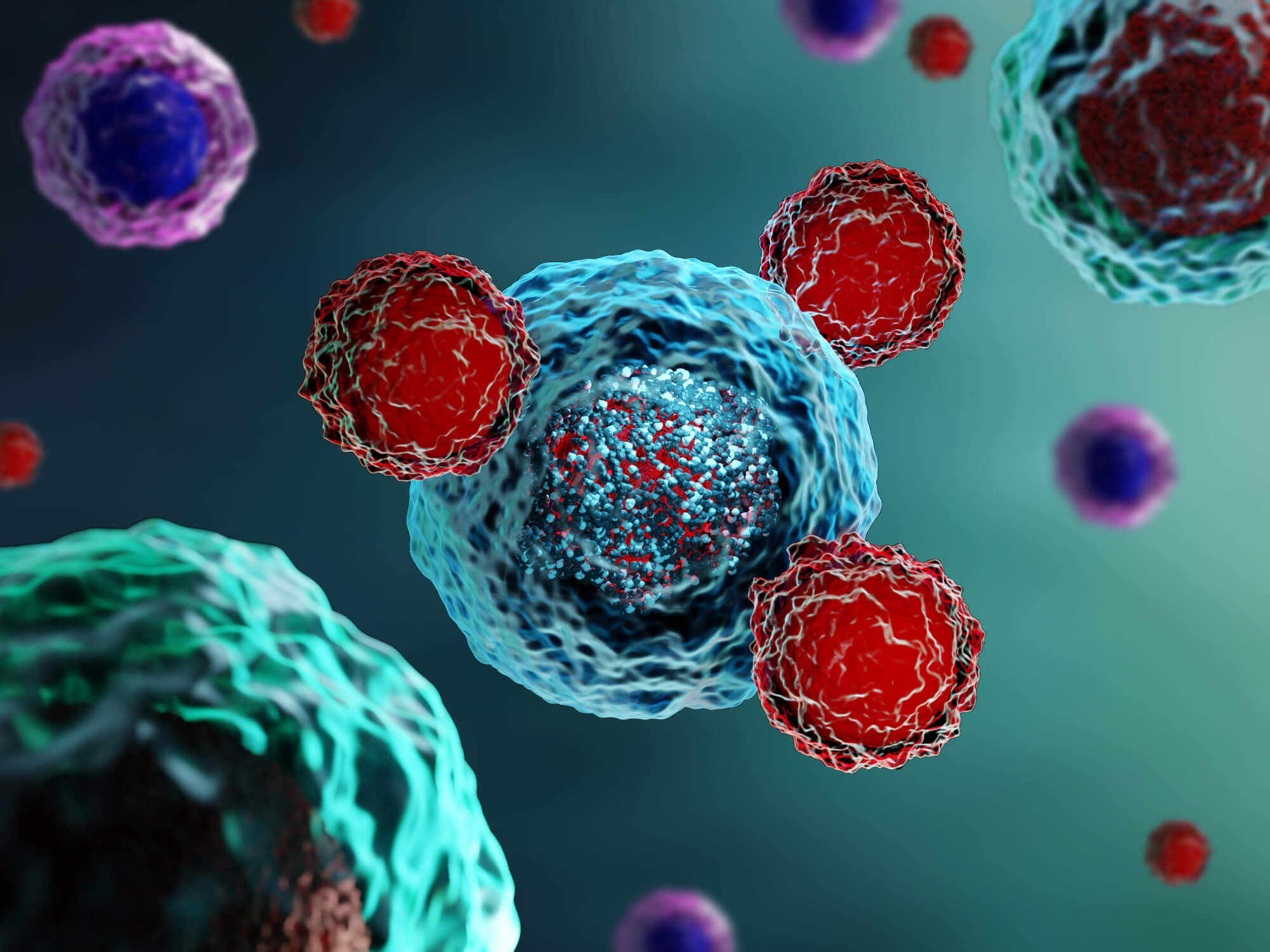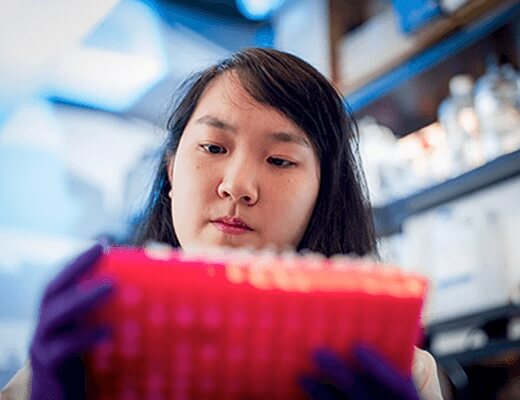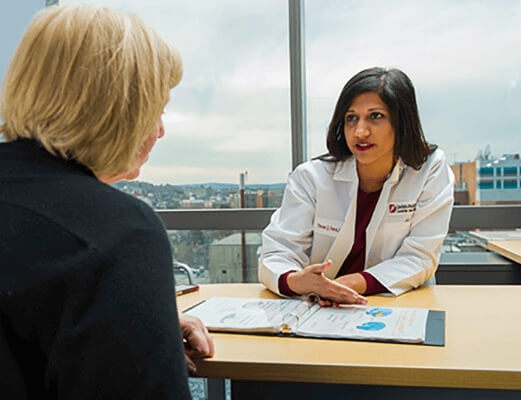
Experts from Dana-Farber Cancer Institute and elsewhere have contributed to turning discoveries about the immune system into immunotherapies for cancer. Over the past decade, immunotherapy has fundamentally changed the way cancer is treated in many patients.

Dana-Farber Research


Still Swimming with Sharks After Inflammatory Breast Cancer

As a veteran scuba diver who has donned her wetsuit around the globe, Stephanie Lafontaine is never more at peace than when deep below the water’s surface. Even if she’s sharing the depths with sharks, she considers it her happy place.
